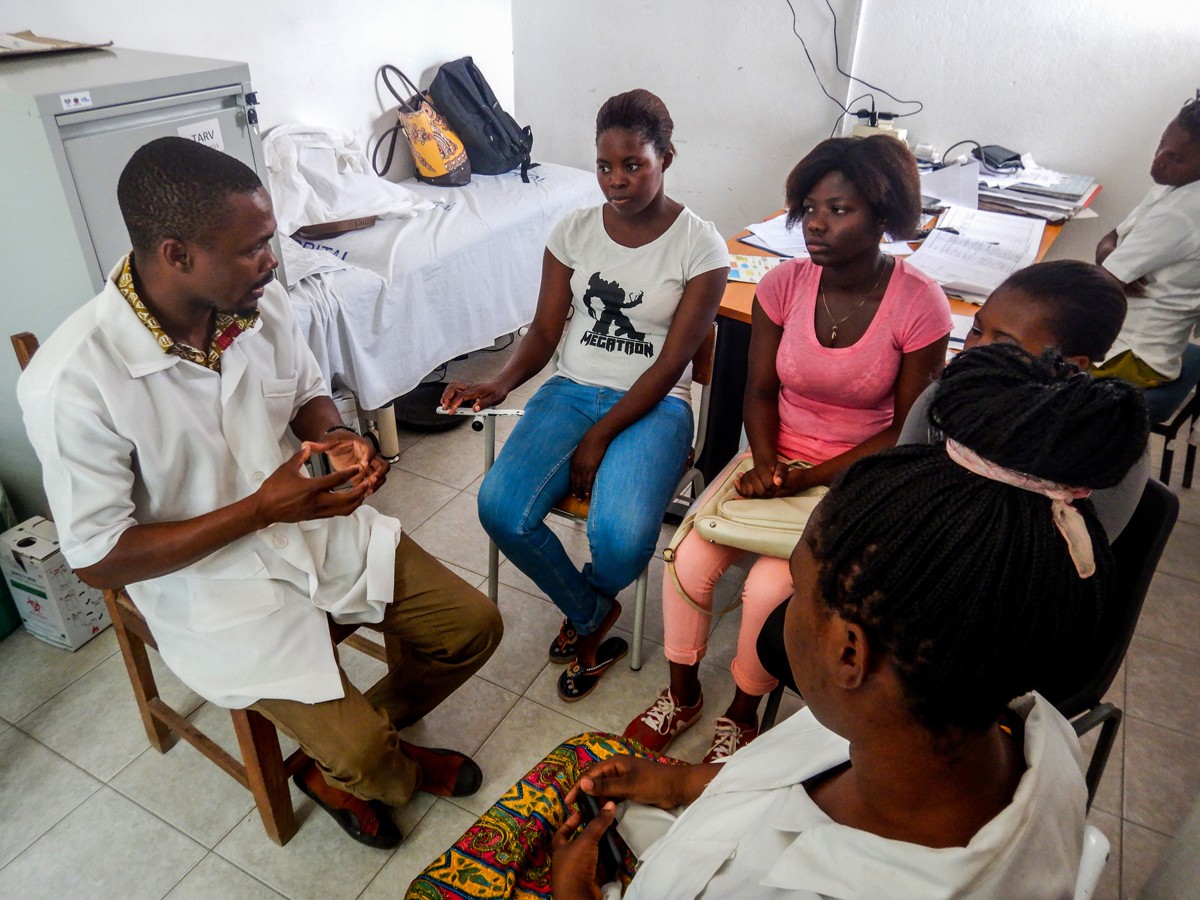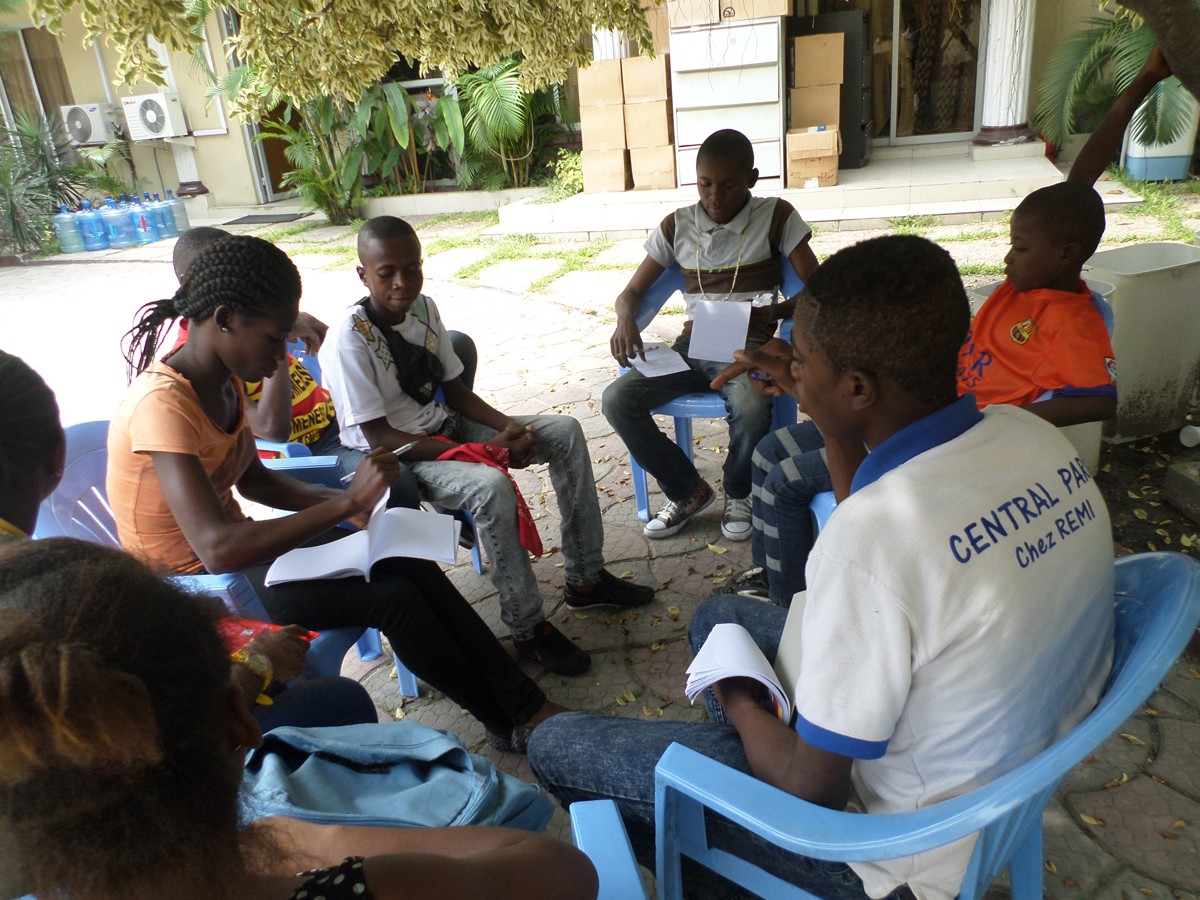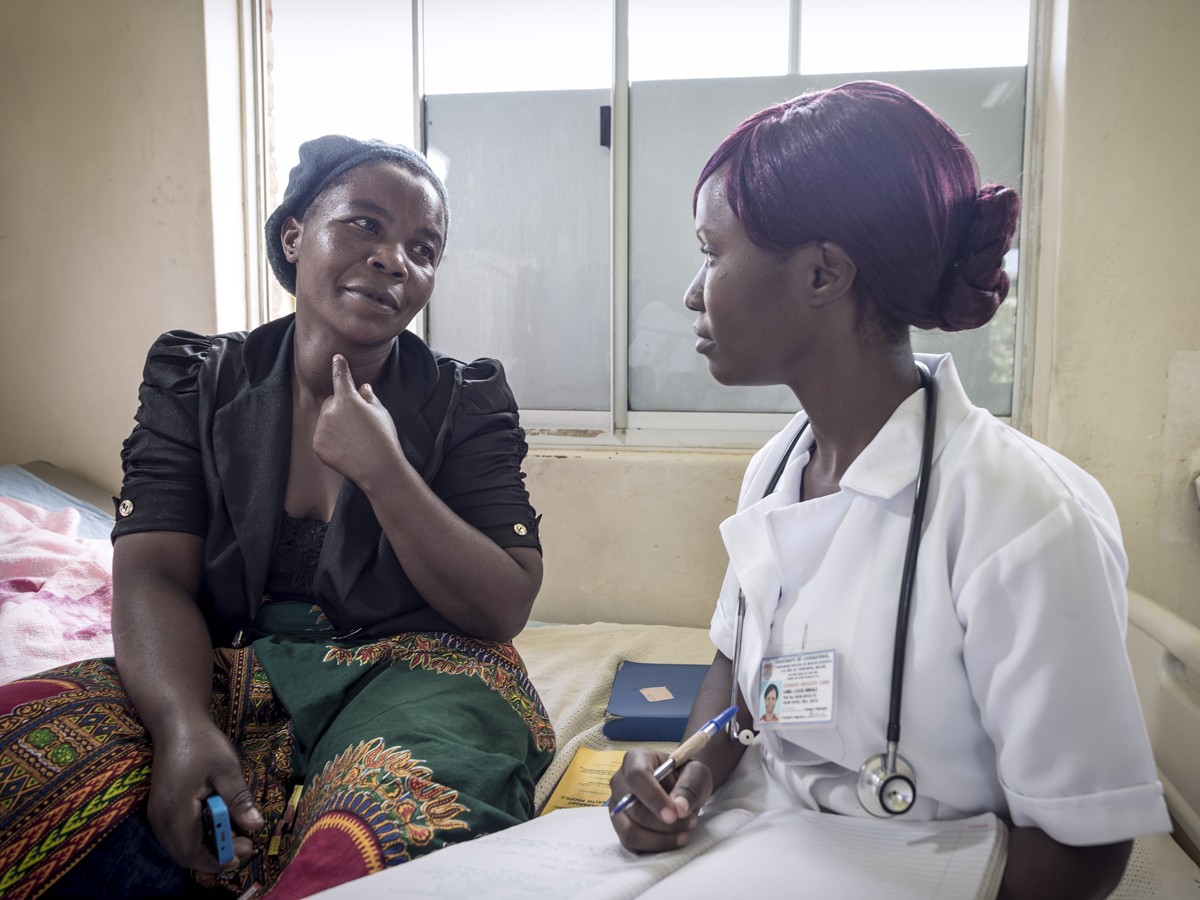Authors:
Karampreet Sachathep, Yen T. Duong, Giles Reid, Emily Kainne Dokubo, Judith D. Shang, Clement B. Ndongmo, Ekali Gabriel, G. Tharp, Laura Eno Dimite, Adama N’Dir, Gordon Okpu, Francis M. Ogollah, Dubliss Nguafack, Martin C. Ntse, Gili Hrusa, Katherine Yuengling, Megan Tebbenhoff, Essomba René, Ngo Sack Françoise, Naah Tabala Felicity, Marie Claire Okomo, Anne-Cecile Zoung-Kanyi Bissek, Tiffany G. Harris
Abstract:
Background
Cameroon was among the most affected African countries during the first wave of the COVID-19 pandemic; however, the true prevalence of SARS-CoV-2 remains unknown.
Methods
From October to December 2020, we conducted a cross-sectional, age-stratified SARS-CoV-2 seroepidemiological survey at 30 purposively selected community-based sites across Cameroon’s 10 regional capitals, sampling 10,000 individuals aged 5 years or older. We employed a parallel SARS-CoV-2 antibody testing algorithm (WANTAI ELISA and Abbott Architect) to improve both the positive predictive value and negative predictive value of seroprevalence.
Results
The overall weighted and adjusted seroprevalence of SARS-CoV-2 antibodies across the 10 urban capitals of Cameroon was 10.5% (95% CI: 9.1%–12.0%) among participants aged ≥5 years. Of the 9332 participants, 730 males (13.1%, 95% CI: 11.5%–14.9%) had SARS-CoV-2 antibodies compared to 293 females (8.0%, 95% CI: 6.8%—9.3%). Among those who reported a comorbidity at the time of testing, 15.8% (95% CI: 12.8%–19.4%) were seropositive. We estimated that over 2 million SARS-CoV-2 infections occurred in the 10 regional capitals of Cameroon between October and December 2020, compared to 21,160 cases officially reported at that time translating to one laboratory-confirmed case being reported for every 110 SARS-CoV-2 infections across the 10 urban capitals.
Conclusion
This study’s findings point to extensive and under-reported circulation of SARS-CoV-2 in Cameroon—an almost 100-fold more cases compared to the number of cases reported to the World Health Organization. This finding highlights the importance of conducting serosurveys, especially in settings where access to testing may be limited and to repeat such surveys as part of pandemic tracking.







